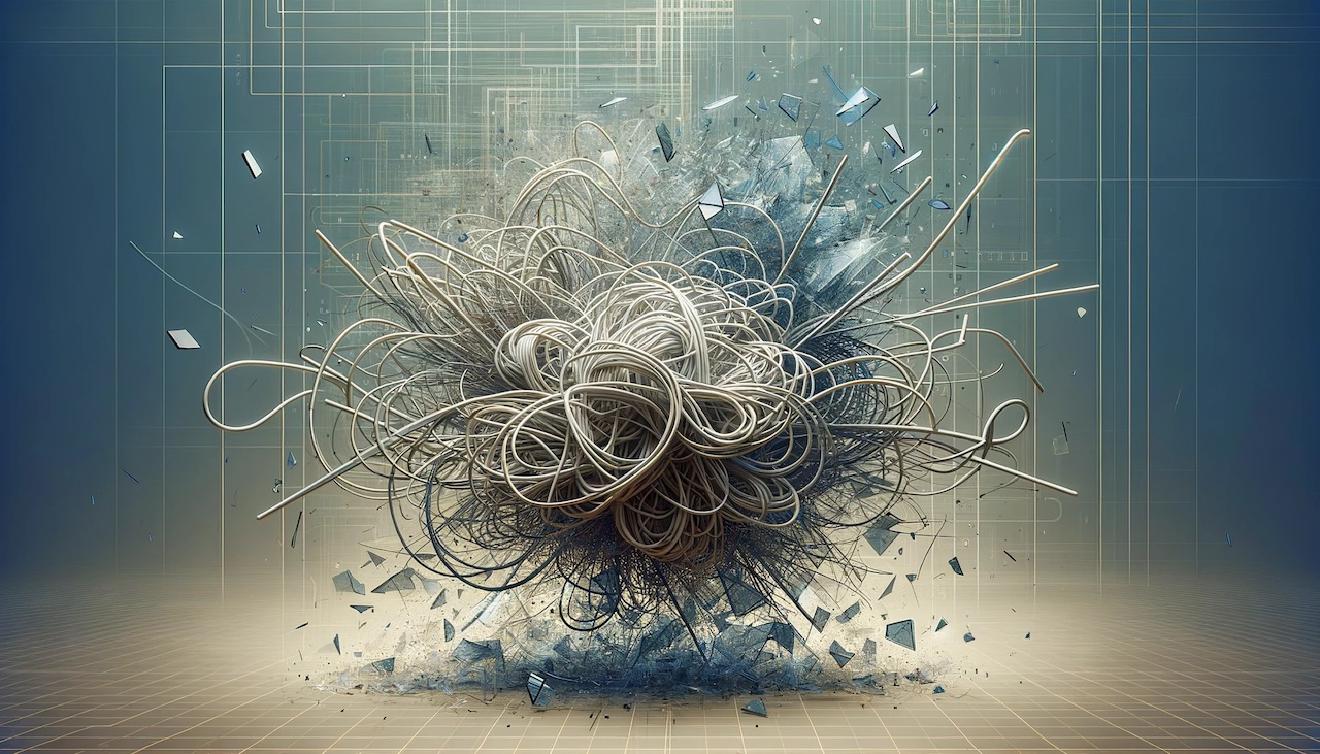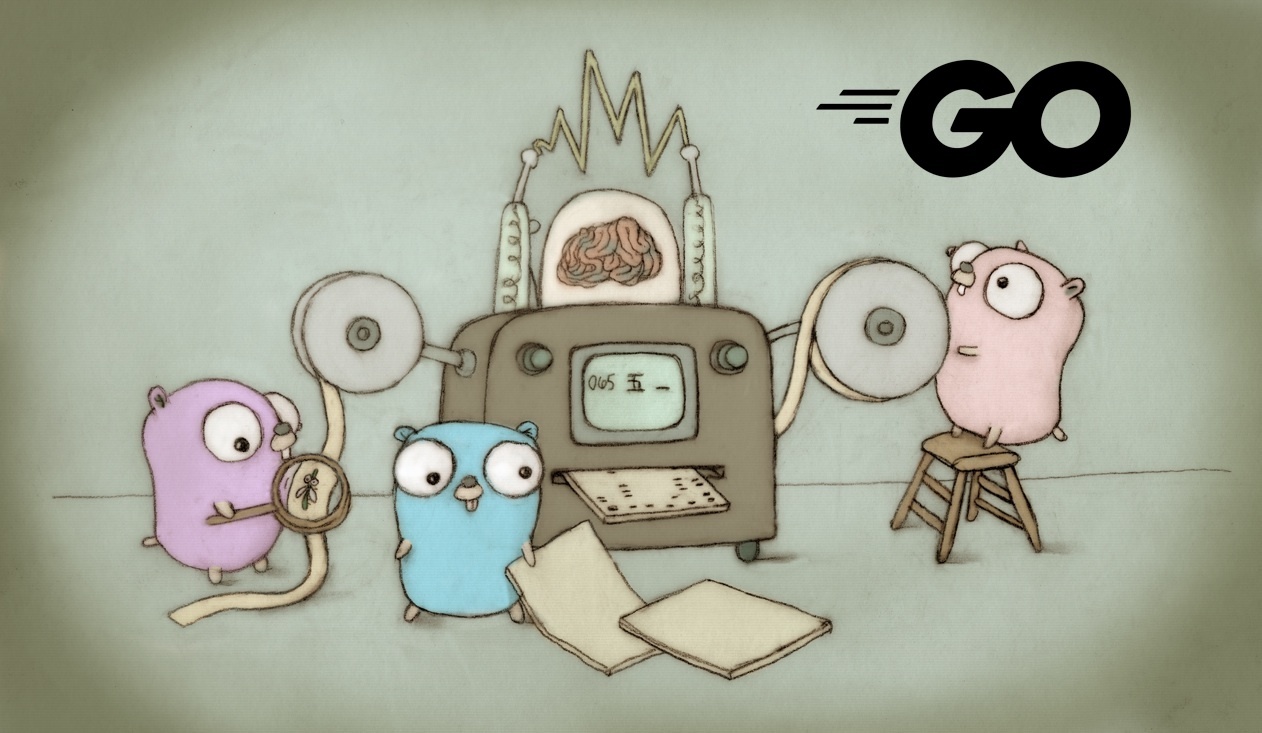
If I'd decide to implement something like this, I'd consider two options: local repo with file:// scheme or custom apt-transport. HTTP server is needless here. (But I'll never do this because I prefer to rebuild packages myself if there's no repo for my distro.)






It is documented in
libapt-pkg-doc(/usr/share/doc/libapt-pkg-doc/method.html/index.html).